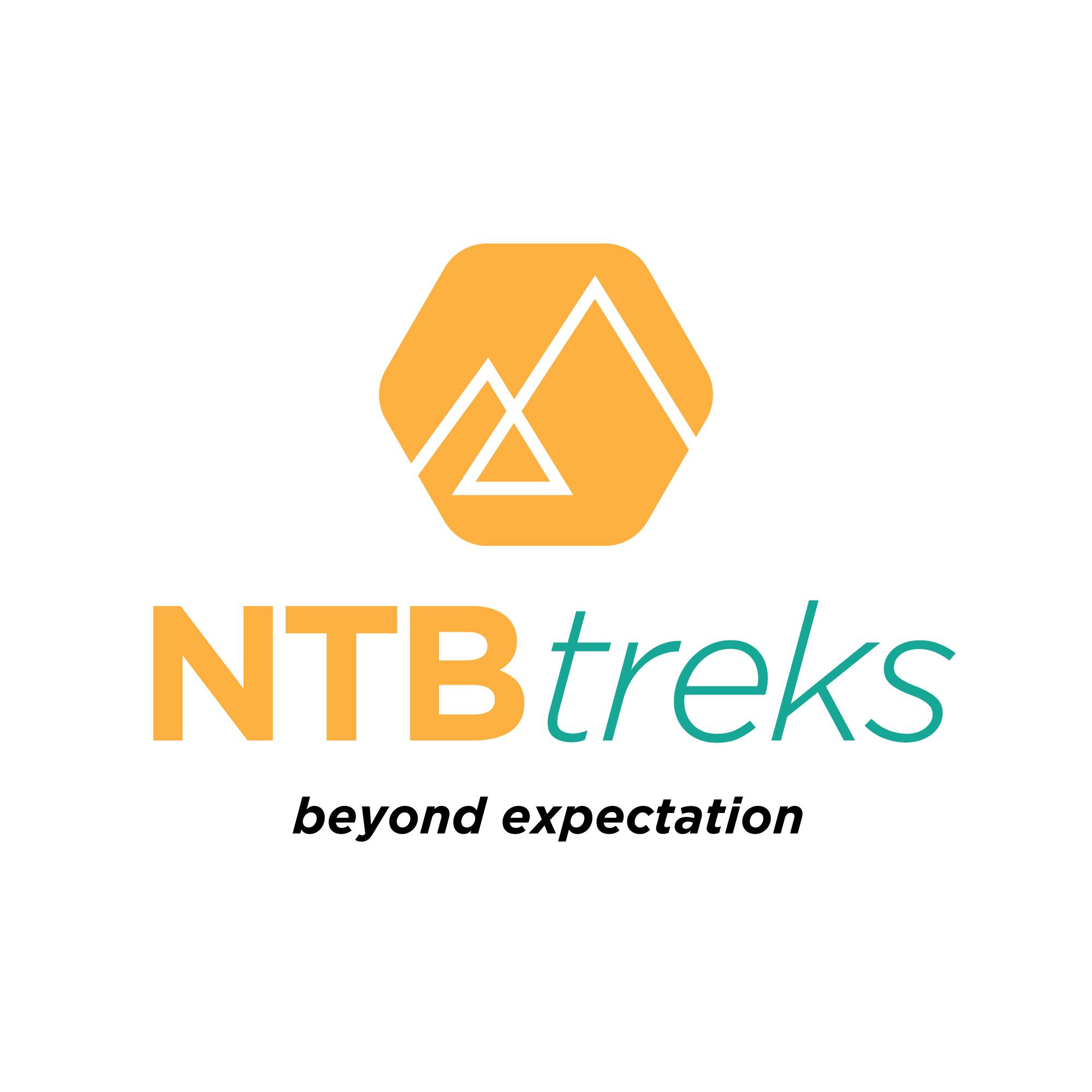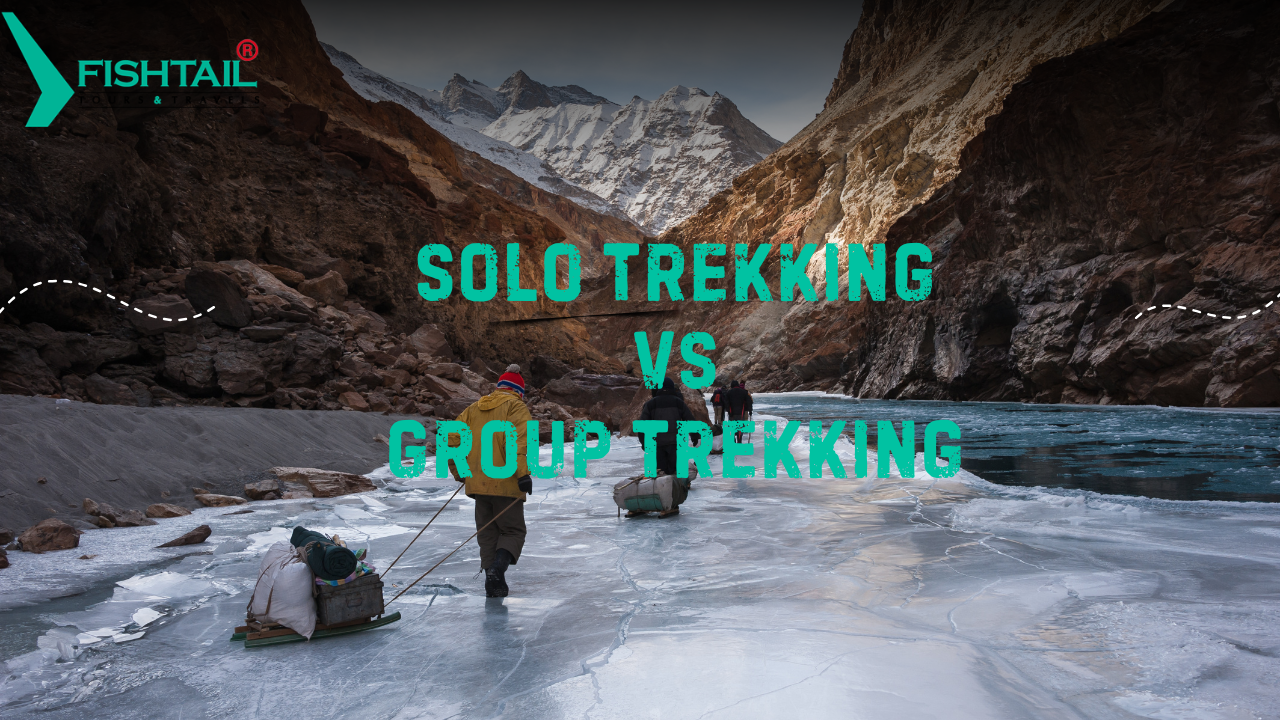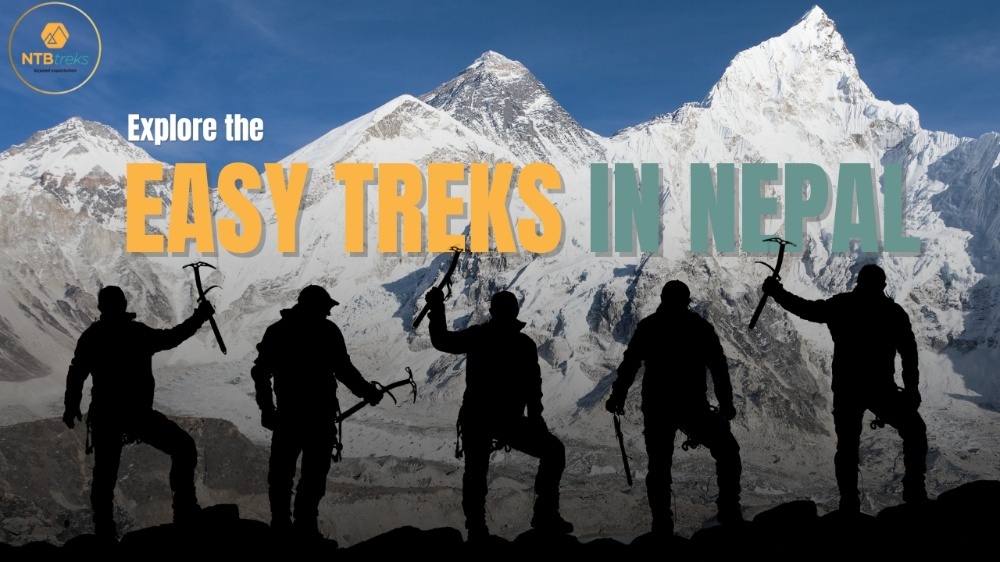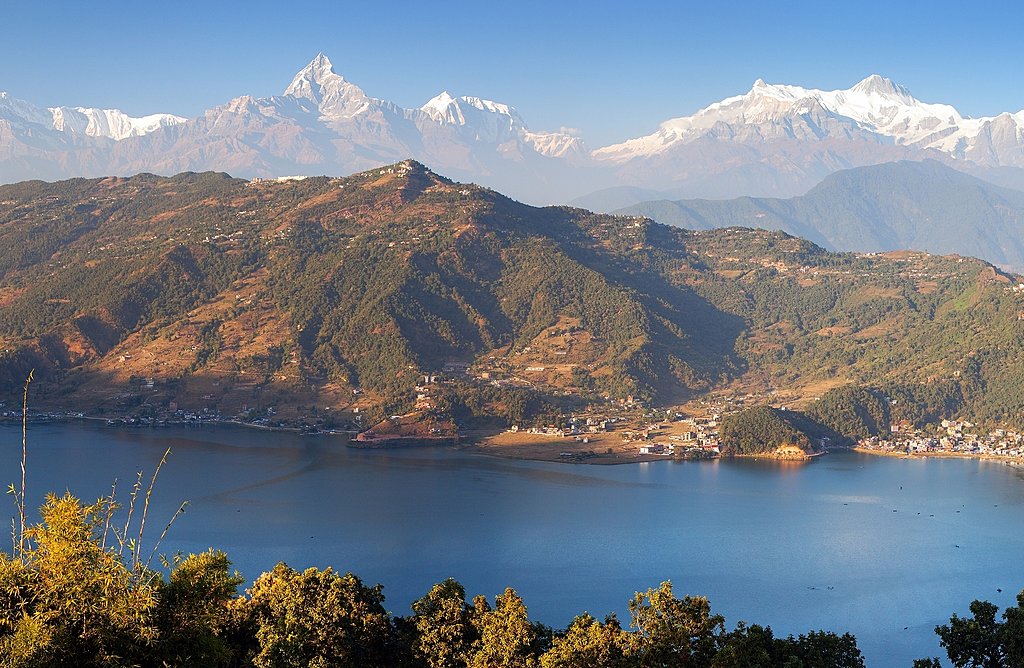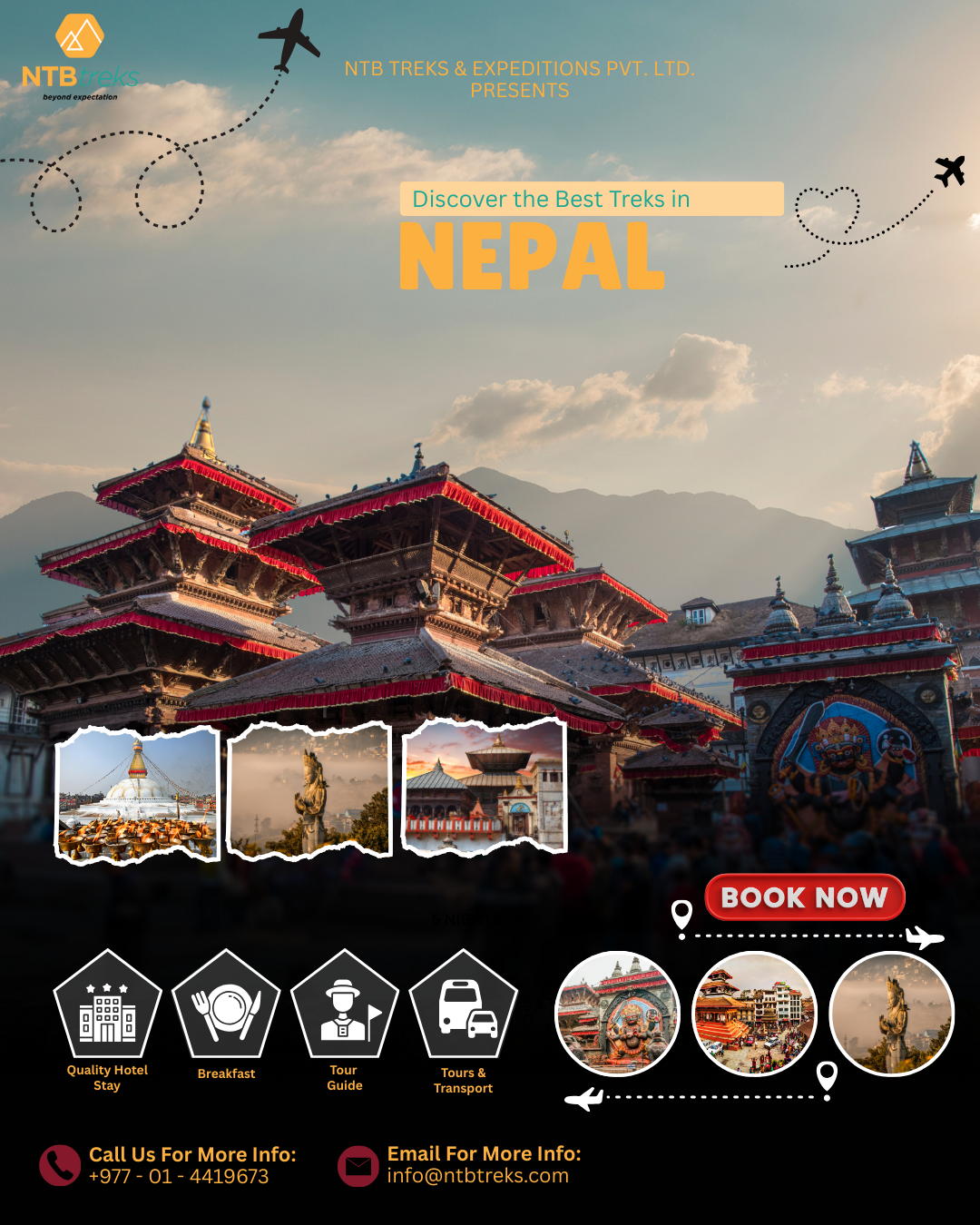[av_section min_height=” min_height_pc=’25’ min_height_px=’500px’ padding=’default’ shadow=’no-border-styling’ bottom_border=’no-border-styling’ bottom_border_diagonal_color=’#333333′ bottom_border_diagonal_direction=’scroll’ bottom_border_style=’scroll’ margin=” custom_margin=’0px’ scroll_down=” custom_arrow_bg=” id=” color=’main_color’ background=’bg_color’ custom_bg=” background_gradient_color1=” background_gradient_color2=” background_gradient_direction=’vertical’ src=” attach=’scroll’ position=’top left’ repeat=’no-repeat’ video=” video_ratio=’16:9′ video_mobile_disabled=” overlay_enable=” overlay_opacity=’0.5′ overlay_color=” overlay_pattern=” overlay_custom_pattern=” av-desktop-hide=” av-medium-hide=” av-small-hide=” av-mini-hide=” av_element_hidden_in_editor=’0′ av_uid=’av-2er3ov’]
[av_textblock size=” font_color=” color=” av-medium-font-size=” av-small-font-size=” av-mini-font-size=” av_uid=’av-m8flcowy’ custom_class=” admin_preview_bg=”]
Introduction
Trekking is one of the most exhilarating ways to connect with nature, push your physical limits, and experience the world from a fresh perspective. Whether you’re venturing into the wilds of the Himalayas or exploring scenic trails closer to home, the way you choose to trek can have a huge impact on the experience itself. Trekking solo versus trekking in a group each comes with its own set of advantages and challenges. But which one is right for you?
In this blog from NTB Treks and Expeditions, we’ll dive deep into the pros and cons of both solo and group trekking to help you decide which approach aligns best with your personal preferences and trekking goals.
Solo Trekking: The Freedom of Independence
Solo trekking is often viewed as the ultimate form of self-discovery and personal adventure. Trekking alone can offer unmatched freedom and control, but it requires careful consideration and preparation. Here’s a closer look at the pros and cons of trekking solo:
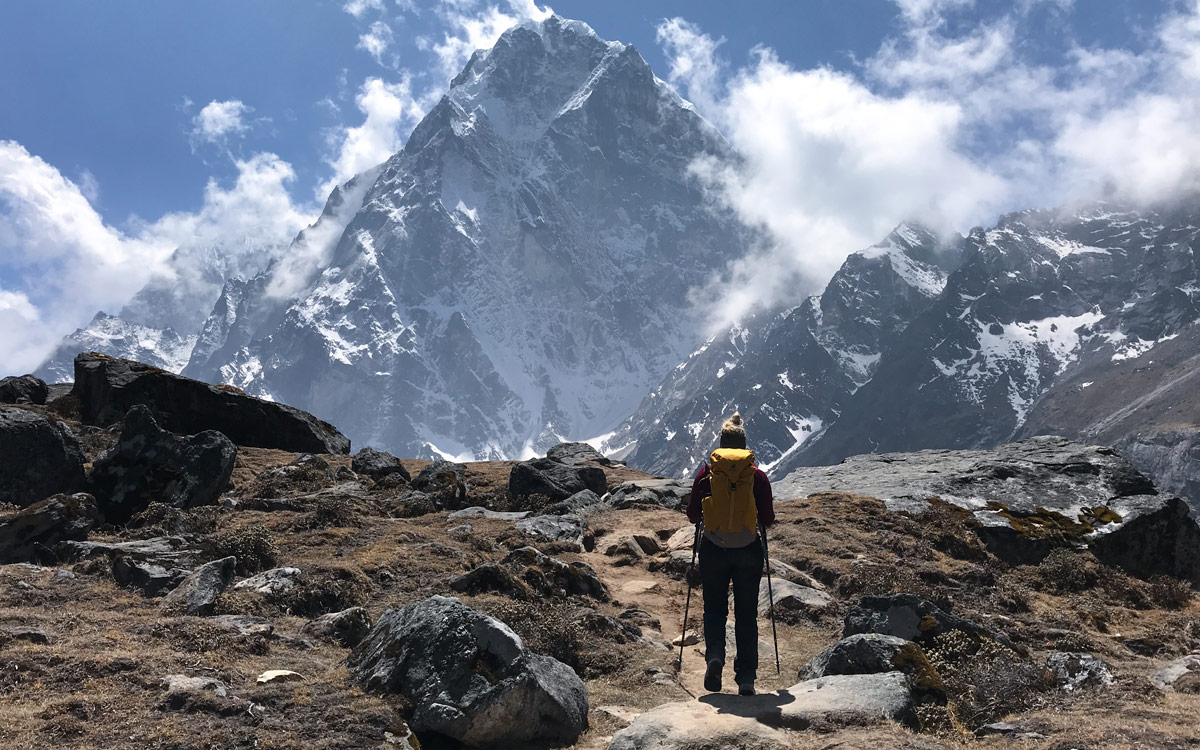
Advantages of Solo Trekking
-
Complete Independence
The most obvious benefit of trekking solo is the freedom it provides. You decide where to go, when to rest, how fast or slow to walk, and what route to take. If you prefer spontaneity and the ability to follow your instincts, solo trekking is an ideal way to immerse yourself in the journey without external influence. -
Self-Reliance and Confidence Building
Solo trekking pushes you to rely entirely on yourself. Every decision, from navigation to problem-solving, rests with you. This can significantly build your confidence and resilience as you tackle challenges without the immediate support of a group. -
Peace and Solitude
For many people, the appeal of solo trekking lies in the quietude of nature. Without the chatter or distractions of a group, you can fully connect with your surroundings. If you’re looking for a meditative, peaceful experience in nature, trekking alone can offer the solitude that is difficult to find when surrounded by others. -
Flexibility with Pace and Route
One of the most significant advantages of solo trekking is the ability to set your own pace. Whether you want to race through the trail or take your time to soak in the scenery, you have full control over your schedule. You also have the option to change your route at any point if something catches your interest.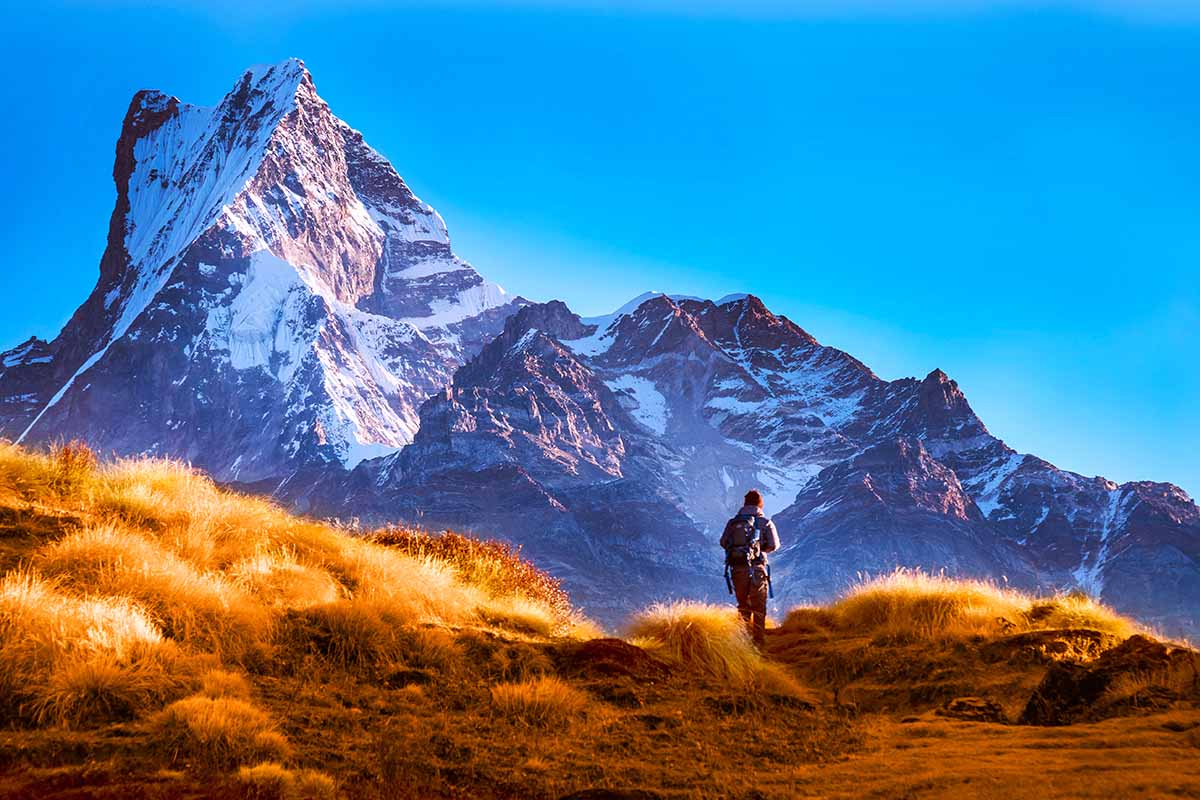
Limitations of Solo Trekking
-
Safety Concerns
One of the most critical drawbacks of solo trekking is safety. In case of an injury, illness, or emergency, there’s no immediate support from other trekkers. In remote areas, this risk is magnified, especially for beginners. It’s essential to plan well, carry a satellite phone or GPS, and inform someone about your itinerary to mitigate risks. -
Loneliness
While many solo trekkers relish the solitude, it can also become overwhelming. Trekking alone for days on end without interaction can lead to feelings of isolation or loneliness. Some people find the lack of social connection tiring, especially on longer treks. -
Limited Support
When trekking alone, you’re solely responsible for all aspects of your trip. This includes navigation, first aid, meal preparation, and setting up camp. While this can be empowering, it can also be exhausting and stressful, particularly for those unfamiliar with wilderness survival skills. -
Limited Learning Opportunities
Trekking with a group provides opportunities to share knowledge and experiences. Whether it’s learning about local history, tips on survival techniques, or different hiking strategies, a group environment can be more educational. Solo trekkers miss out on this collective learning experience.
Group Trekking: The Social Adventure
Trekking in a group offers a completely different experience, combining camaraderie with shared adventure. From guided tours to informal hiking groups, group trekking can be a social and supportive way to explore the outdoors. Let’s look at some key advantages and disadvantages of trekking with a group:
Advantages of Group Trekking
-
Safety in Numbers
One of the most significant advantages of group trekking is the safety it offers. With multiple people, you’re more likely to have assistance in case of an emergency. A group can pool its resources, knowledge, and skills to tackle challenging situations, which is especially beneficial when trekking in unfamiliar or difficult terrain. -
Social Connections and Camaraderie
Trekking with others can create lifelong bonds. Shared challenges, moments of joy, and group achievements build a strong sense of camaraderie. Whether you’re with friends or strangers, group trekking fosters social interaction and the opportunity to meet like-minded people who share your passion for adventure. -
Shared Resources and Knowledge
In a group setting, trekkers often share knowledge and resources. You can learn from more experienced hikers, have access to specialized gear, and benefit from the collective experience of the group. Group leaders often offer insight into the region’s ecology, history, and culture, enhancing the educational value of the trek. -
Reduced Stress and More Convenience
Group trekking often involves organized logistics. Guides and tour operators handle permits, routes, and accommodations, allowing you to focus more on the experience itself. In some cases, group treks even include porters to carry your gear, reducing your physical load and stress.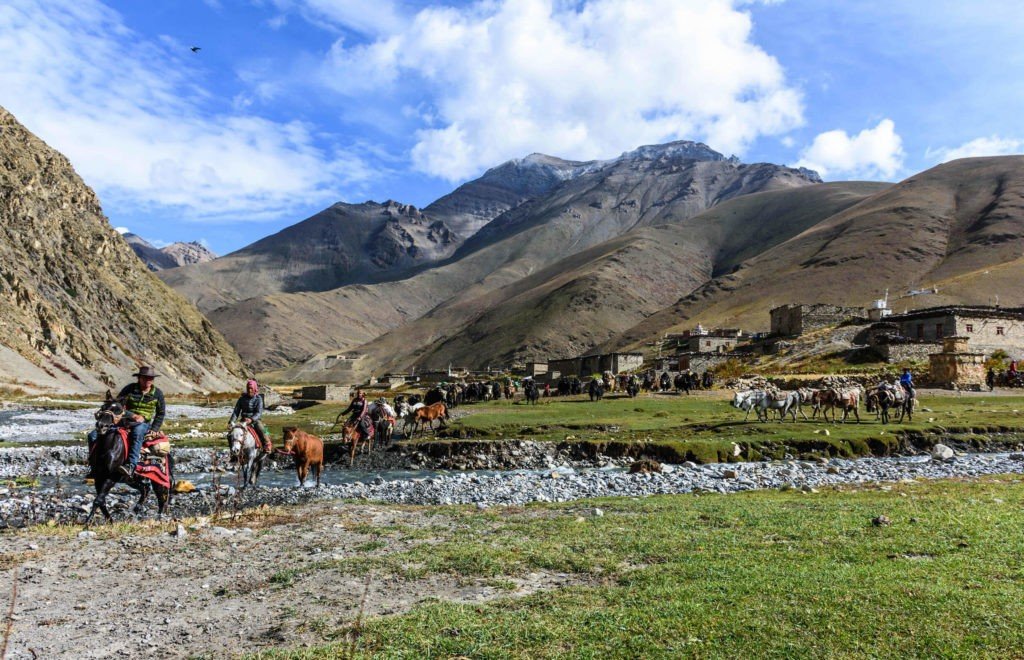
Disadvantages of Group Trekking
-
Lack of Flexibility
One of the biggest drawbacks of group trekking is the lack of flexibility. As part of a group, you’re tied to the schedule and pace set by the guide or the group itself. If you want to change your route, take an extra rest, or speed up your trek, it can be difficult to do so without disrupting the group dynamic. -
Group Dynamics and Personality Clashes
Trekking in a group means dealing with diverse personalities. While many people enjoy the social aspect, there’s always the potential for personality clashes or conflicts. If there are disagreements or tensions within the group, it can affect the overall enjoyment of the trek. -
Limited Personal Space
Some trekkers prefer solitude or peace, and a group trek may not offer the same level of tranquility. Whether it’s having to share camp spaces or hike with a large group, the lack of personal space can be a disadvantage for those seeking quiet or a more personal experience. -
Higher Costs
Group trekking, especially guided tours, can be more expensive than solo trekking. The cost of a guide, porters, permits, and accommodations can add up. While the experience may include some perks, it’s essential to consider the financial commitment before deciding.
Which Trekking Style is Right for You?
Choosing between solo and group trekking depends on your personality, experience, and what you hope to achieve from the journey. Here’s a quick guide to help you decide:
-
Choose Solo Trekking if:
- You value independence and want to create your path.
- You’re experienced in outdoor navigation and survival skills.
- You seek solitude and personal reflection.
- You prefer complete control over your schedule and pace.
-
Choose Group Trekking if:
- You’re new to trekking or want to learn from others.
- You enjoy socializing and the sense of camaraderie.
- You’re trekking in remote or challenging terrain where safety is a concern.
- You prefer organized logistics and support.
Conclusion
Both solo and group trekking offer unique and rewarding experiences. Solo trekking is perfect for those seeking solitude, independence, and personal growth, while group trekking provides safety, support, and shared camaraderie. Ultimately, the right choice depends on your goals, experience level, and what kind of adventure you’re looking for. Whether you choose to trek alone or with others, the most important thing is to ensure that your adventure is enjoyable, safe, and fulfilling. Join Fishtail Group for an unmatched trekking experience.
Quick Comparison Table: Solo Trekking vs. Group Trekking
| Factor | Solo Trekking | Group Trekking |
|---|---|---|
| Independence | Complete control over schedule and pace | Shared decision-making; less flexibility |
| Safety | Higher risk, especially in remote areas | Safer with multiple people and support |
| Social Interaction | Minimal social contact, solitude | Strong camaraderie and group bonding |
| Learning Opportunities | Limited exposure to different experiences | Access to shared knowledge and experiences |
| Flexibility | Full flexibility to change plans or route | Limited flexibility, follows group plan |
| Cost | Generally lower (unless on a guided solo trek) | Typically higher due to group fees and guides |
| Stress | Can be stressful due to self-reliance | Less stress due to shared responsibilities |
| Convenience | Must handle all logistics and planning | Often organized by a tour operator, easier |
| Physical Effort | Entirely on you, can be exhausting | Physical effort is shared among the group |
| Privacy | Complete privacy and personal space | Limited privacy due to group size |
[/av_textblock]
[/av_section]

